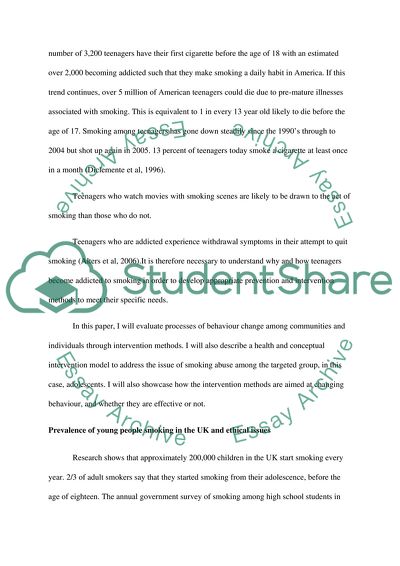Cite this document
(“Ending the Tobacco Problem among Adolescents Dissertation”, n.d.)
Ending the Tobacco Problem among Adolescents Dissertation. Retrieved from https://studentshare.org/health-sciences-medicine/1846106-smoking-abuse-among-adolescent
Ending the Tobacco Problem among Adolescents Dissertation. Retrieved from https://studentshare.org/health-sciences-medicine/1846106-smoking-abuse-among-adolescent
(Ending the Tobacco Problem Among Adolescents Dissertation)
Ending the Tobacco Problem Among Adolescents Dissertation. https://studentshare.org/health-sciences-medicine/1846106-smoking-abuse-among-adolescent.
Ending the Tobacco Problem Among Adolescents Dissertation. https://studentshare.org/health-sciences-medicine/1846106-smoking-abuse-among-adolescent.
“Ending the Tobacco Problem Among Adolescents Dissertation”, n.d. https://studentshare.org/health-sciences-medicine/1846106-smoking-abuse-among-adolescent.


